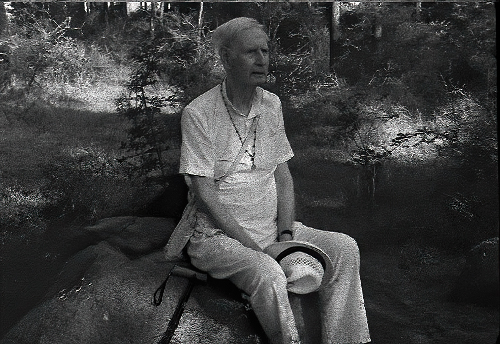Introduction
The Jiva, as a thinker/doer/experiencer is tossed in the dualities of samsara – pain and pleasure, good and bad, right and wrong, ignorance and enlightenment. As a Jiva, he is always trying to “become”: become good, become better, become knowledgeable, become detached, become enlightened.
However, with the rise of Jnana, his perception shifts from duality to non-duality instantaneously. Knowing his essential nature to be Self, the Jiva becomes a Jnani freed from all notions of duality. This freedom and perfection is instantaneous with the rise of direct Knowledge. Freed from the notion of being a thinker/doer/experiencer, the Jnani is freed not only from all notions of becoming but also from all works, including the notion of good works and bad works.
Thereafter, there is nothing left for the Jnani to attain or lose, in any way, no matter what acts are seen to be performed by him. While others may judge his acts in terms of duality – such as good and bad, he knows that he does nothing and that all acts are Self. The body of the Jnani carries on till his prarabdha karma exhausts and it finally drops. Then he attains videha-mukti.
This is a true account of the rise of Jnana and the status of a Jnani. But many people find themselves in disagreement with many facts stated in this account. To dispel their doubts I am writing this article, quoting passages from Chapter 4 – Results of Knowledge (Jnana Phala), Brahma Sutra Bhashya of Shankaracharya (Translation by Swami Gambhirananda), addressing all erroneous notions.
Continue reading →



